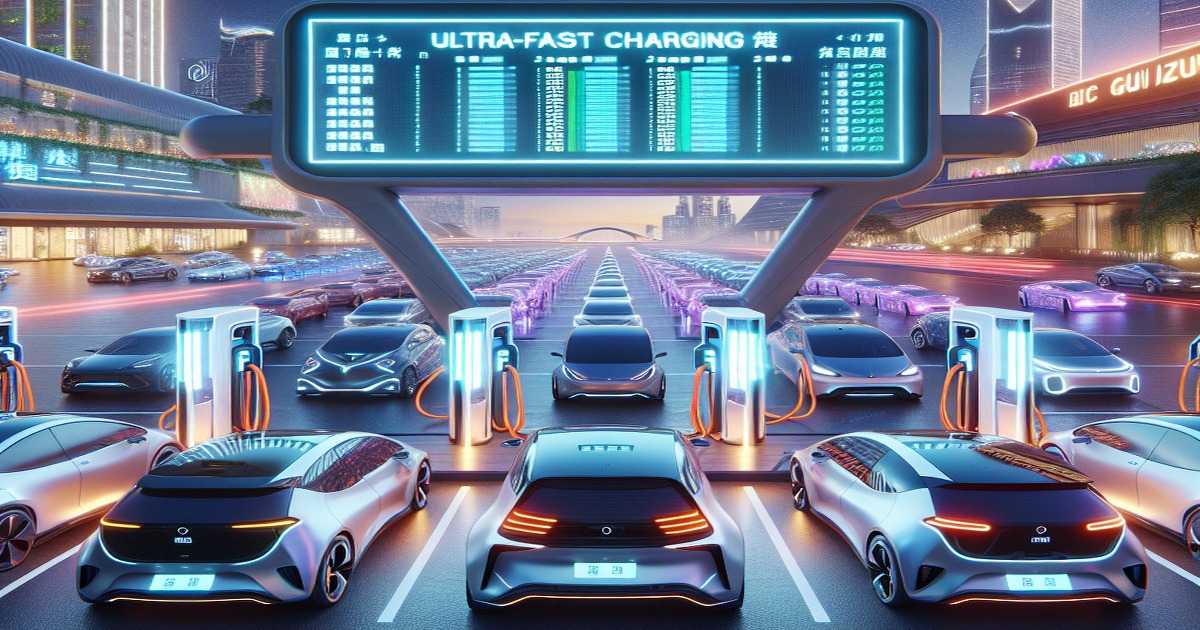In the mountainous province of Guizhou, southwest China, a new charging station is transforming the experience for electric vehicle (EV) owners. The Quanhu Park station, located in the provincial capital of Guiyang, spans over 3,900 square meters and features 130 charging bays. These bays offer rapid charging speeds. This development is a response to the increasing infrastructure needs of China's growing EV fleet.
China's charging market is currently dominated by lower-power units. Fast charging options are underrepresented, and ultra-fast technology is still emerging. In July, the central government released a plan to build over 100,000 high-power charging points nationwide by the end of 2027. This initiative aims to significantly improve service capacity and technological innovation.
The Quanhu Park station, a collaborative project between Hubei Shanxin energy technology group and China Southern Power Grid's Guizhou EV service company, is Guizhou's first liquid-cooled integrated facility. It combines ultra-fast charging, solar power, and vehicle-to-grid (V2G) energy exchange. The station's design is intended to serve as a model for future infrastructure.
The station is equipped with 20 ultra-fast liquid-cooled chargers with a maximum power of 600 kW, 100 fast chargers with a maximum power of 250 kW, and 10 bidirectional V2G units of 20 kW. It can serve 120 vehicles simultaneously with rapid charging. An intelligent system monitors real-time operational data and manages energy flow. Charging during off-peak hours, between midnight and 8 a.m., caters to ride-hailing and taxi drivers seeking lower electricity costs.
China Southern Power Grid's Guizhou EV service plans to establish comprehensive ultra-fast charging coverage in Guizhou's urban centers and widespread fast-charging availability in county-level areas. This network aims to ensure seamless EV operation even in the province's mountainous terrain.







5 Comments
Fuerza
Wow! 130 bays is amazing! This is what we need to make EVs viable in mountainous areas.
Ongania
Focusing on flashy infrastructure instead of addressing the real underlying problems like battery costs and range.
Fuerza
The intelligent system sounds promising. Efficiency is key.
Manolo Noriega
Model for future infrastructure"? Sounds like a lot of hyperbole and wishful thinking.
Fuerza
This is just another way for the government to meddle in the automotive market.